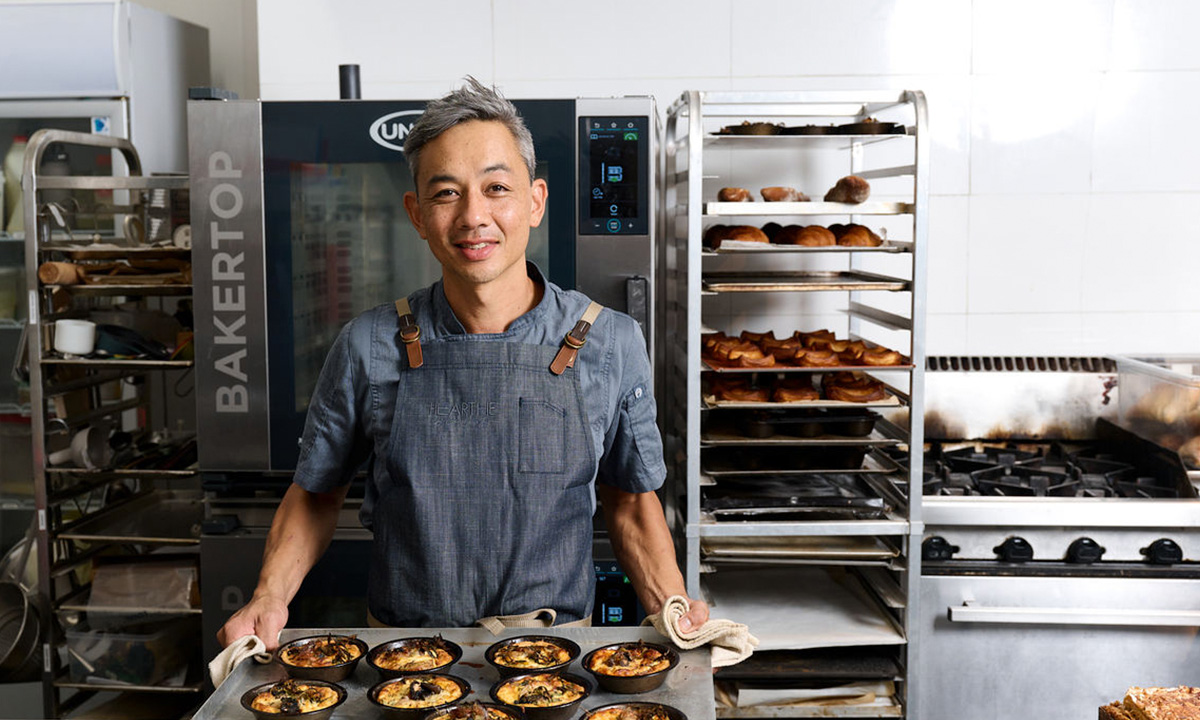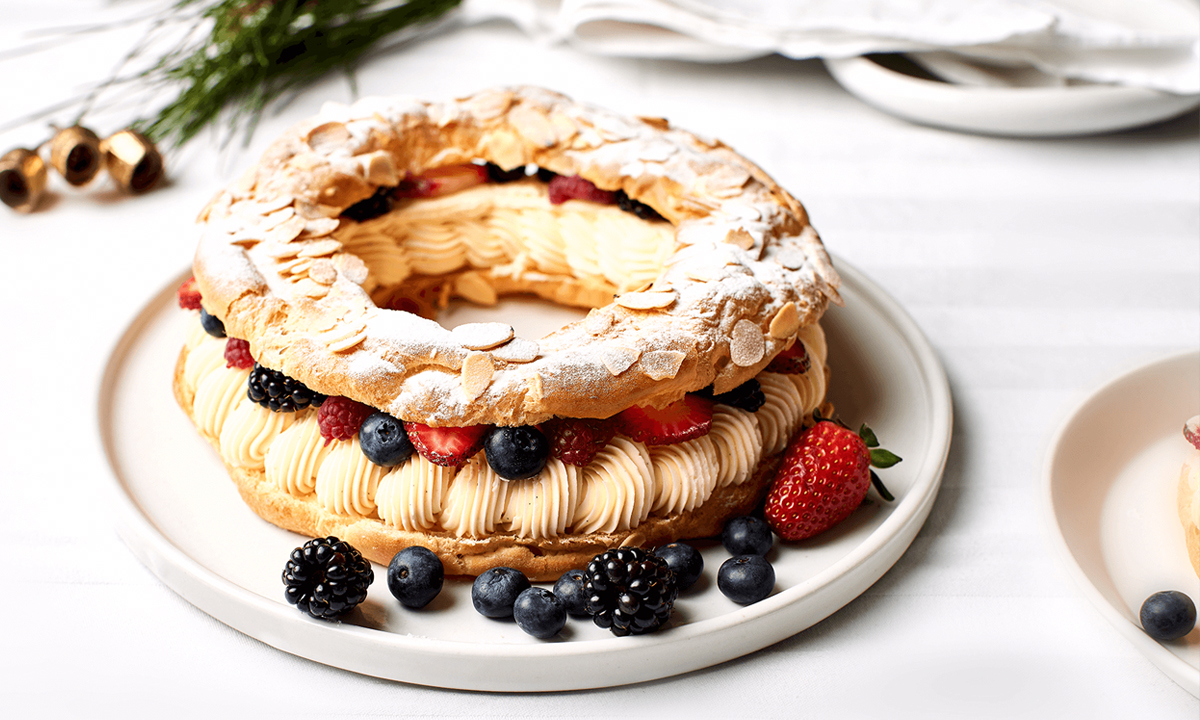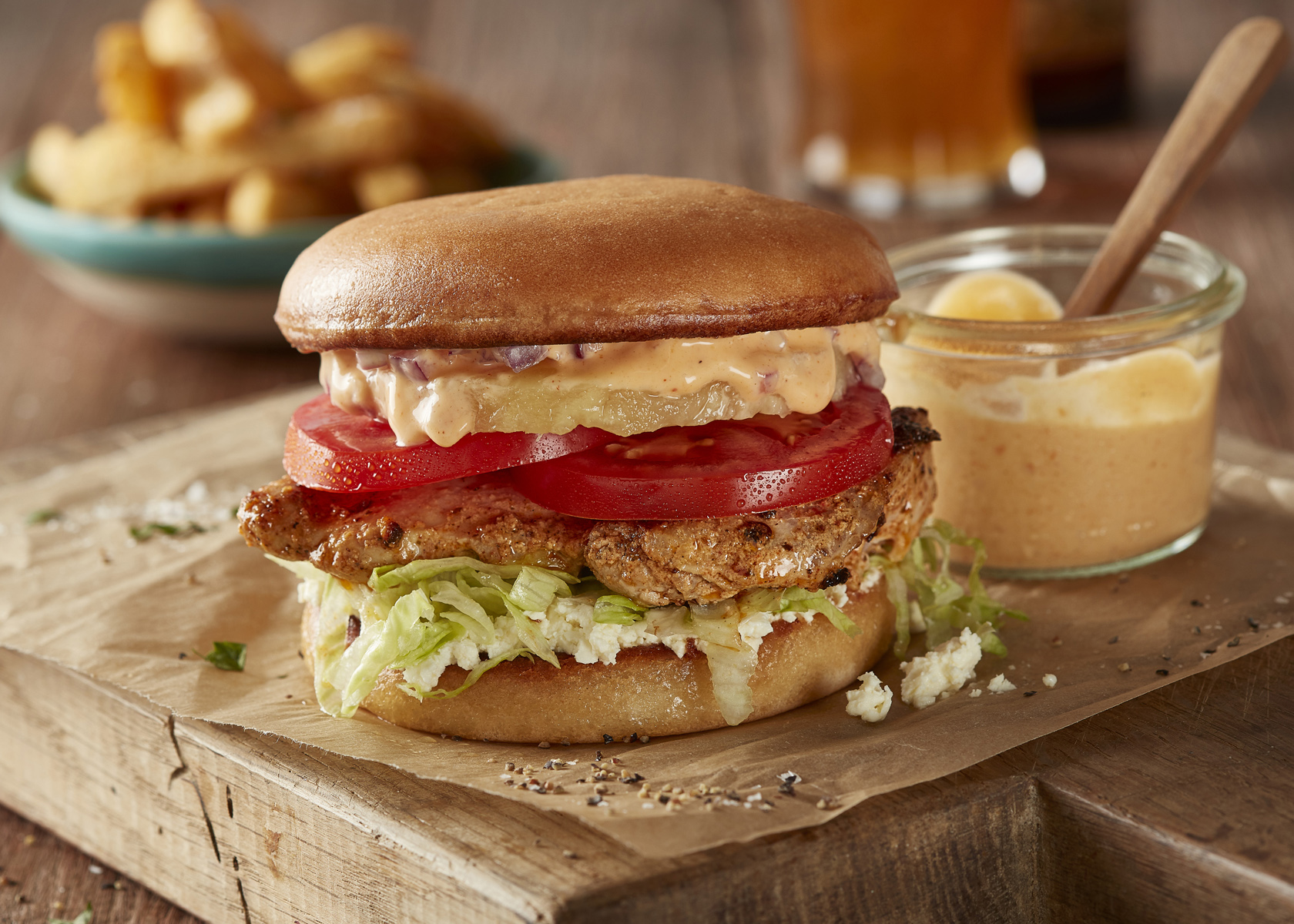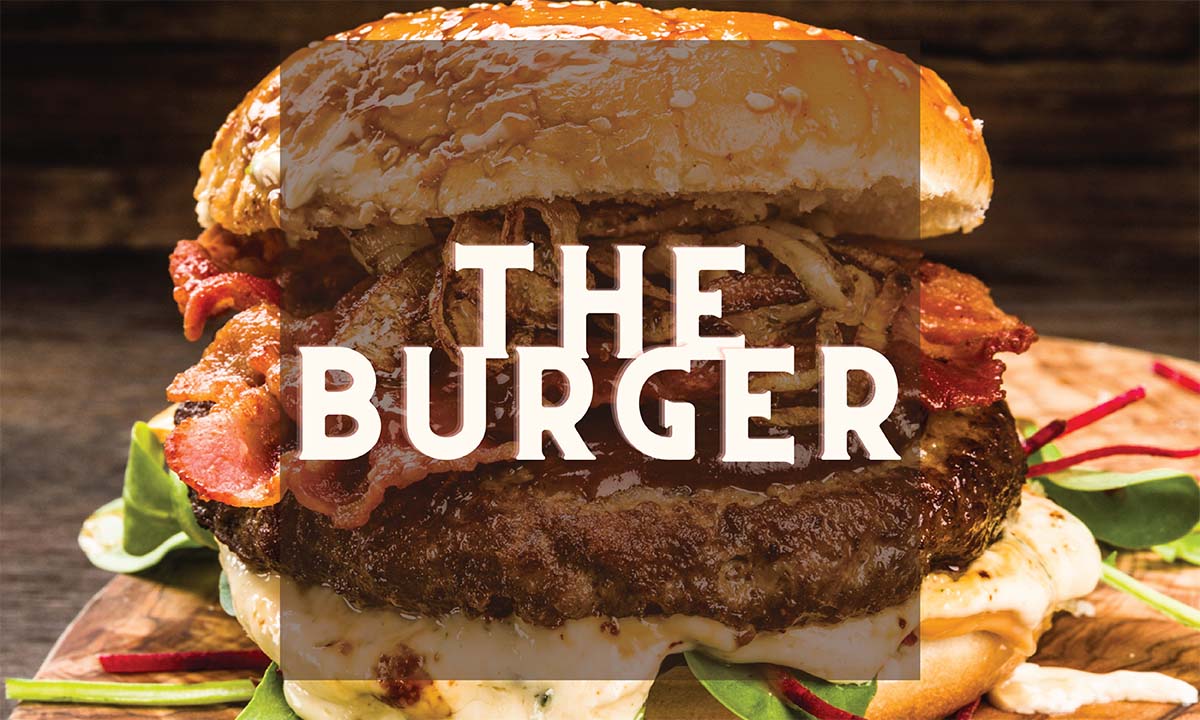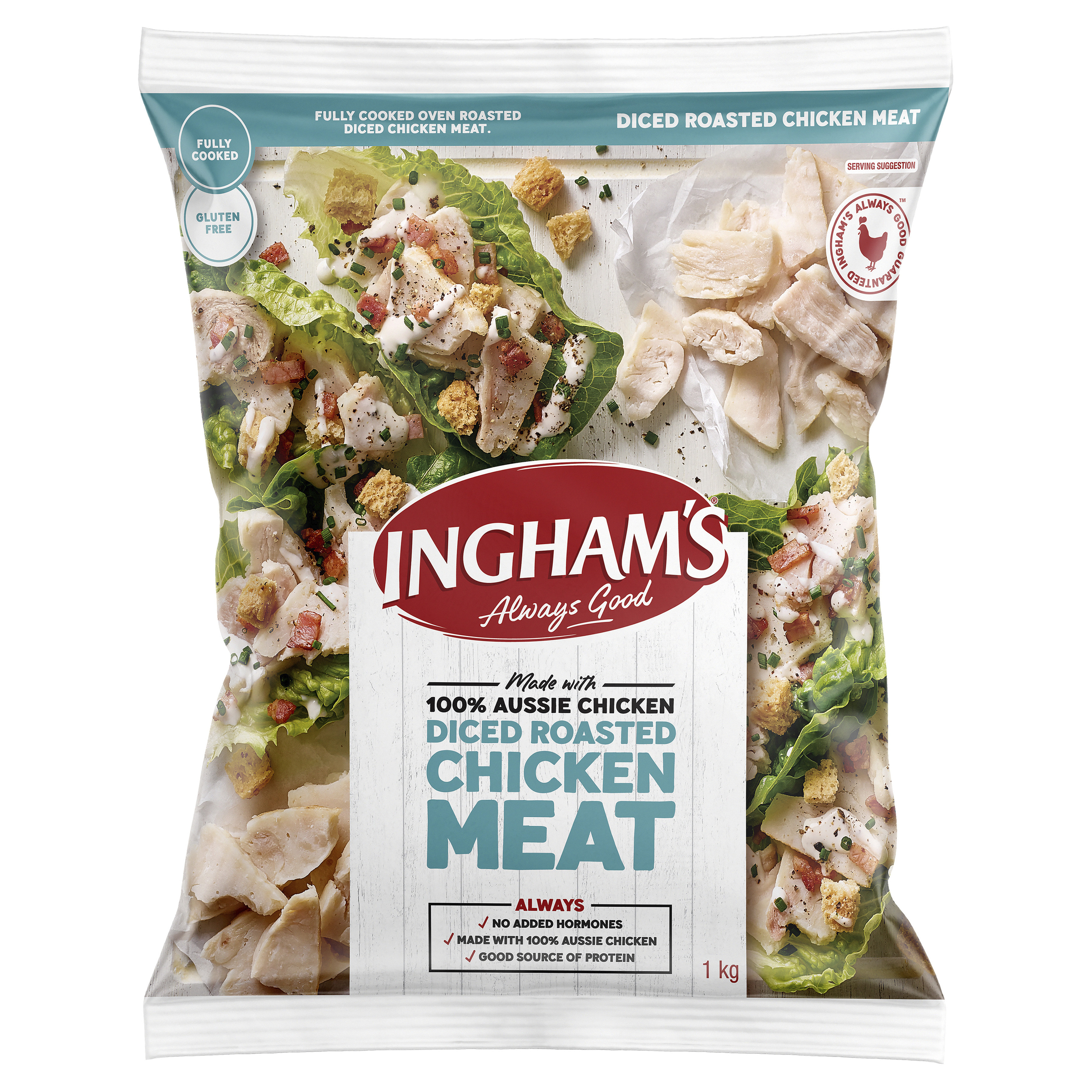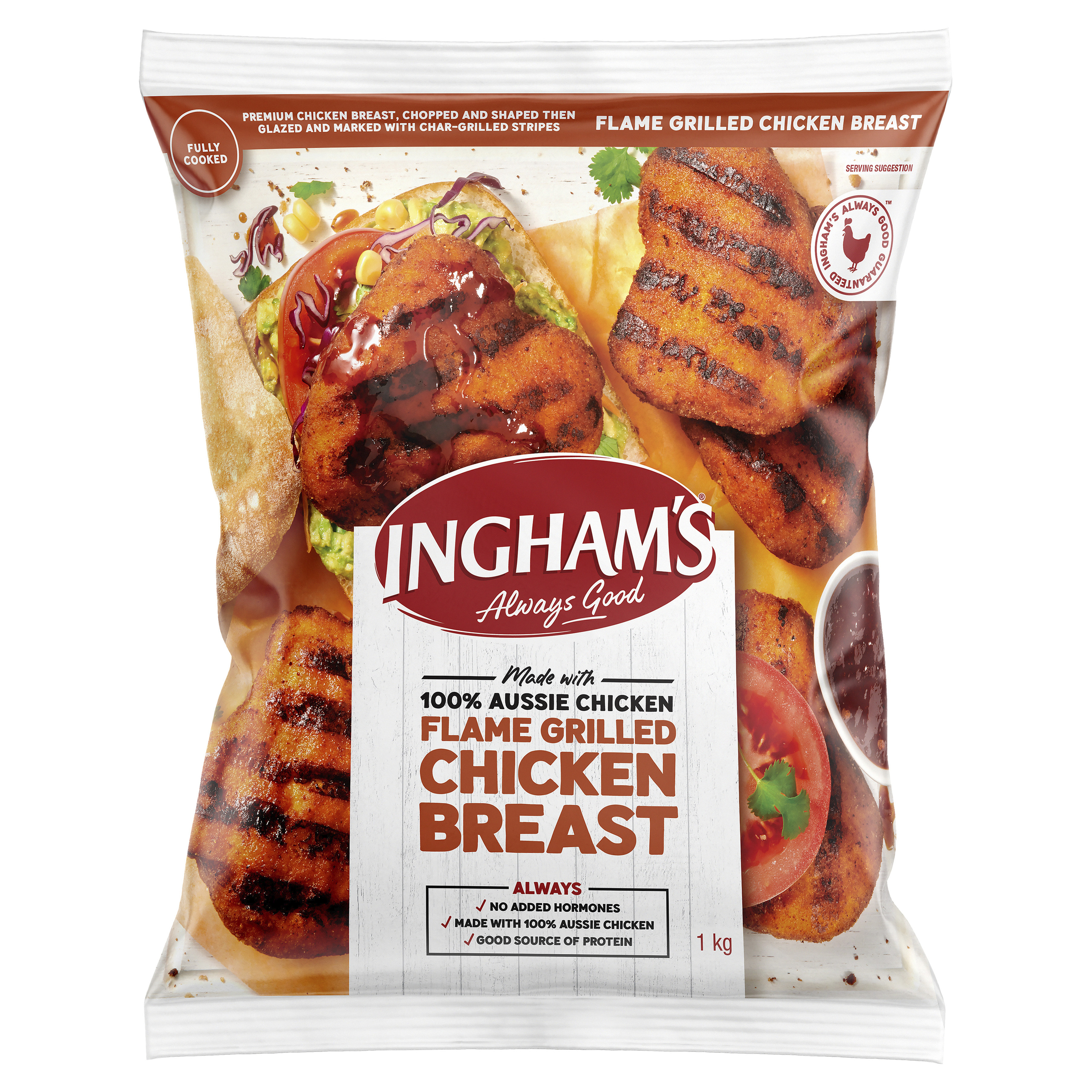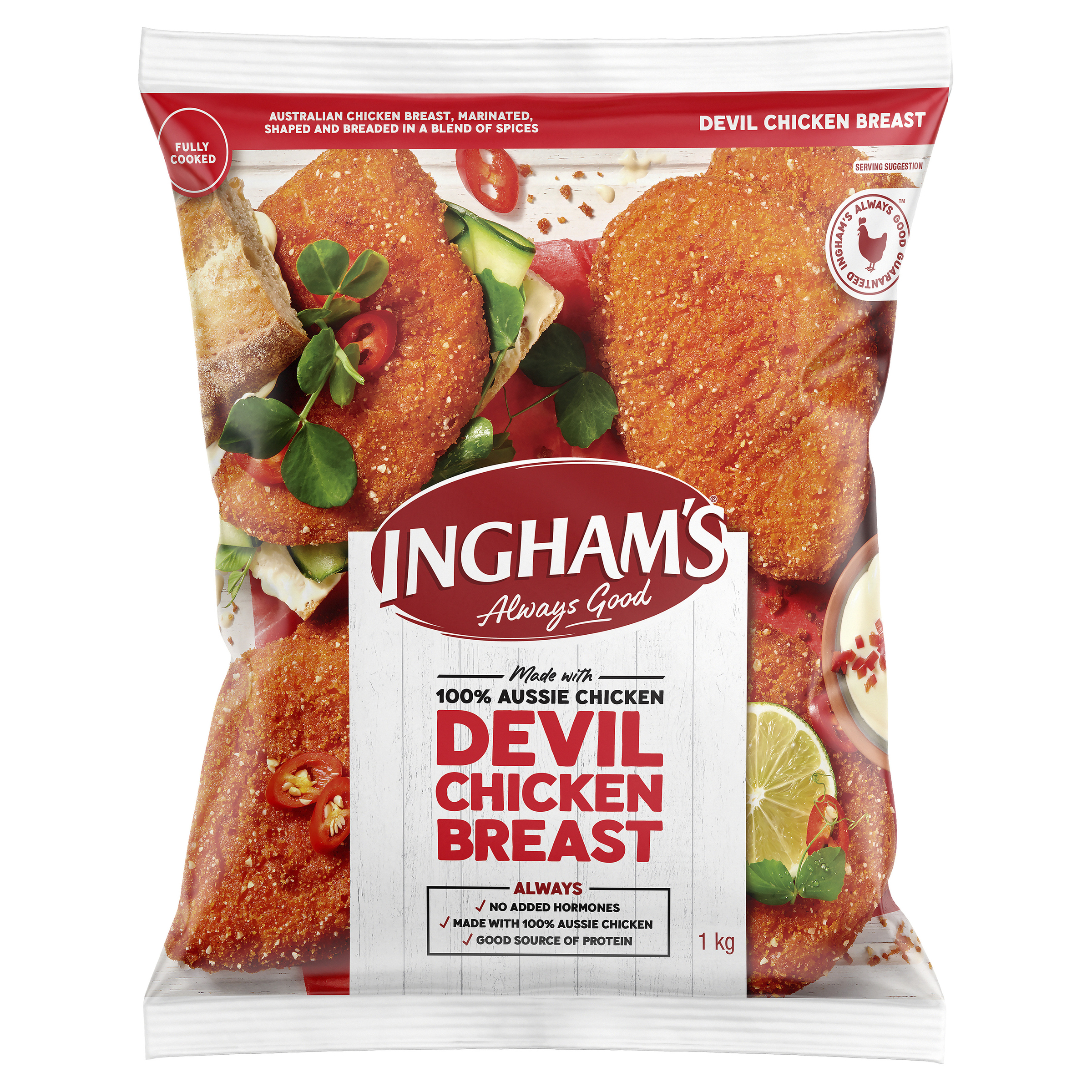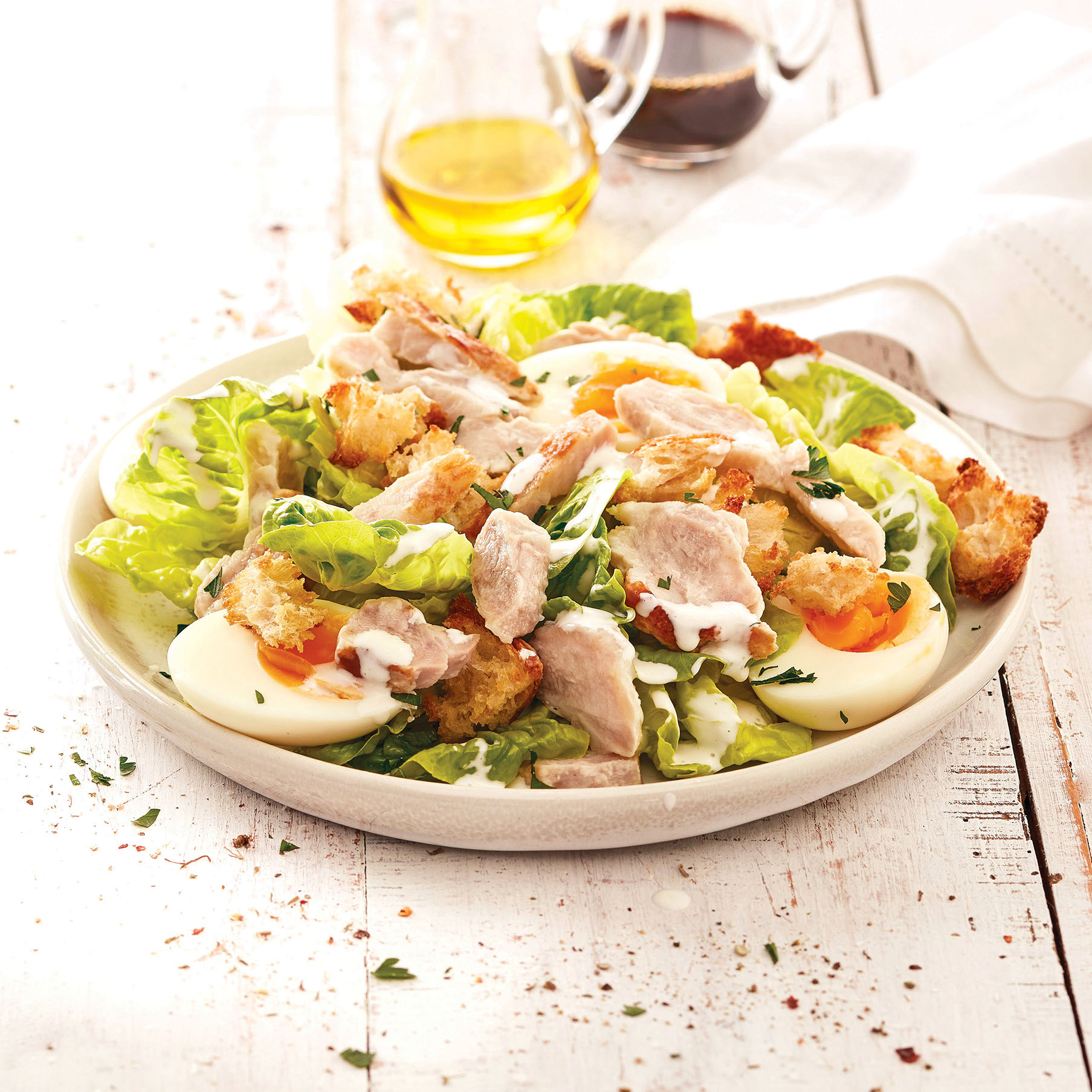In 2010 Christopher Thé’s tiny bakery in Sydney’s Newtown made beautiful baked goods for locals. Then a cake he created for a wedding joined the menu with a distinctive combination of colours, textures and flavours and gained popularity. But it wasn’t until 2012 that suddenly there were queues out the door, endless photo-snapping and tour buses crammed into the tiny street. The bakery was Black Star Pastry and the now world-famous dessert was the iconic strawberry watermelon cake. Instagram had arrived, and overnight we saw the rise of what is still one of Australia’s most viral dishes.
“The effect on the business was actually quite marked,” the master pastry chef tells InSeason. Today he can be found at his new Stanmore bakery, Hearthe, with a range of visually stunning treats infused with native Australian ingredients (pictured above; image by Steven Woodburn). But that cake and its viral status were very much part of his journey. So, what is it that makes a dish or recipe stand out in the social media melee? What makes people click, share, like? Why does one dish get 100 views and another one million?
Looking good
“It wasn’t engineered to be like that at all, and we made many beautiful cakes. But sometimes something just captures the imagination,” Thé says.
While Thé is the first to say his cake was a ‘unicorn’ in the social media sense – completely unexpected – he thinks there are certain things to keep in mind if you’re hoping to go viral.
“We’re all programmed to see beauty in certain ways, and I think we’re drawn to the colours of that cake,” he says. “There’s some food that looks as good as it tastes, and you can just about taste it from seeing a picture.”
It also had ‘curiosity factor’, with the layer of crunchy watermelon; “That really sparked interest.”
Chef Clayton Wells agrees that visual appeal and curiosity factor are important facets of going viral – though he’s clear that he never designs a dish with the intention of chasing likes. Chef of MOD. Dining at the Art Gallery of NSW, Wells had his own viral journey with the famous muffaletta at his A1 Canteen in Sydney’s Chippendale, circa 2018.
That’s different
Much like Thé’s experience, the virality of the dish was unexpected. “I think it was the excess of it,” says Wells of the layers of antipasti inside a loaf of bread.
“It’s visually appealing, the thing weighed 300g – it was big… but my only intention was to give people something they haven’t had before,” he says.
For Wells, the formula is simple; brands need social media presence to share what they’re doing, but chefs should create dishes that reflect their style and expertise first. The social media aspect should follow after.
“It can’t be forced. A lot of people do things for shock value – which is fine – but it doesn’t have any longevity,” he says. “Social media is an important tool, but it shouldn’t be driving what you do.”
If you’re playing in the social media space, there are elements that can contribute to viral potential, according to Sarah Norris, head of Good Food.
“Virality comes down to the algorithm – and that’s always changing. But I do think there are a couple of ways you can hack the system,” she says. “There are ideas, ingredients and practices you can use.”
Get hooked
Just like in a news story or headline, Norris says that social media content needs to hook the viewer up-front.
“One big hook is perceived accessibility. A dish with just three ingredients is seen as something everyone can do,” she says. “You want someone viewing or scrolling to think ‘I can do that’.”
Add the messages of ‘quick’ and ‘low expense’ and you have what Norris calls the trifecta for potential virality. This might include showcasing dishes that are appealing, easy to access and inexpensive in your venue.
It also helps to have a catchy name, she says, noting ‘lazy girl dinner’ and ‘marry me chicken’. “The chicken that’s so good it could evoke a marriage proposal. So, you think ‘what the hell’s in that? I’ve gotta find out’.”
Much like Wells, Norris says that excess or illicit dishes are also appealing.
“Those towering burgers, super cheesy pastas, loaded fries, buttery garlic bread. I call those ‘steamy carbs’, those dishes that you want, just from seeing them.”
Give it a tip or a twist
It can also help to add an easy chef’s tip – to give your audience some insight that’s within their reach, like adding salt flakes to chocolate.
“Something that will make a viewer go ‘we should all be doing this’,” advises Norris. She adds that juxtaposing the ‘high and the low’ is also appealing because it’s a way to make humble foods more luxurious. “Like caviar on fried chicken, it makes you feel a bit fancy.”
Invest in knowing your audience
For Jonathan Maassad, owner of Cake Mail, the key is knowing what your audience responds to – like his hack videos. His trick for melting chocolate has over 2.4 million views on TikTok because it has a great hook, is accessible, cheap, easy, unusual, and a tip from a professional.
“It creates brand awareness, so people follow us and next time they need a birthday cake they’ll think of us,” he says. “You only have two or three seconds to catch their attention, or they’ll swipe. The start of a video needs to be engaging… you want to show the best part first.”
While it’s understood that social media is unpredictable, it’s clear that paying attention to your social content is increasingly important with tangible benefits.
As Maassad puts it; “Your competition is on social media, so if you’re not, then the competition is taking your customers.”
Treat it like a showcase, with ‘going viral’ the ultimate way to reach a wider client base.

